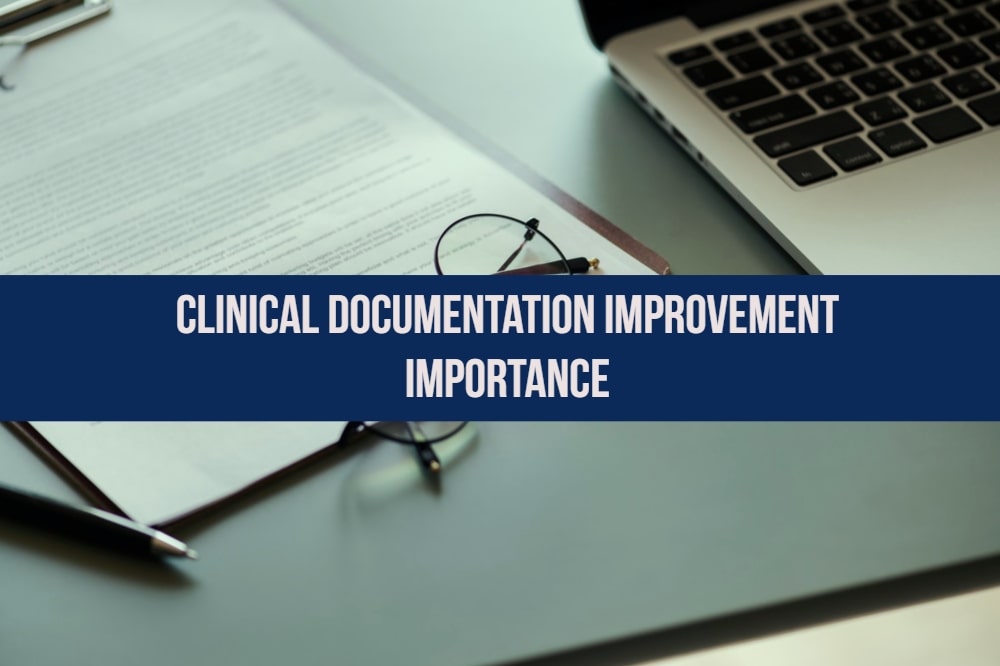Revenue cycle management throws up tons of data for tracking. However, not everything requires regular tracking and measuring. While it is important to look at all the data derived from the system periodically, it is very important to track and measure some key metrics regularly. Measuring the key metrics against the industry standard is a good way to determine where your processes require improvement. Tracking and measuring the following key metrics, will provide a clear picture of how your revenue cycle is performing.
Number of Outstanding Days in Accounts Receivables (DRO)
The number of outstanding days in AR is calculated as the sum of your total outstanding receivables plus your total credit balances, divided by your average daily charge. While the industry standard DRO is 40-45 days; this may not always be achievable. However, regular measuring of this metric can help you to determine which outside factors may contribute to your DRO. You can then make adjustments to your procedures, based on the results of your measurements.
Percentage of Receivables Over 120 Days Past Due
While no practice would like to see receivables that are way overdue, in reality, having outstanding receivables that are over 120 days past due is common. Divide your total receivables by your total amount of receivables over 120 days to calculate this metric. Industry standards indicate that 12-14 percent or less is ideal for the percentage of receivables over 120 days. If your percentages are higher, it is time to take steps to improve the process. Failure to counter this problem can lead to major issues with your cash flows.
Net Collection Rate
The ‘net collection rate’ is the percentage of dollars you actually manage to collect compared to what you are allowed. This is often a combination of money due from the patient, their insurance company or another third party. While a rate of 100% would be ideal, the industry standard is between 96-98%.
Claims Denial Rate
A denied claim results in spending more money to collect what should have come to you in the first place. To ensure reduction in claims denial, it is important to measure the percentage of claims that are denied due to incorrect information being submitted. The industry standard for claims denial rates is between 96-98%. If your claims denial is lower than this, your billing department has issues that should be addressed.
Collections on Day of Service Rate
Collections that are done on the day of service for services, fees, co-pays, deductibles and other patient payments help to minimize past due payments. This is one of the most important metrics to monitor. If your practice is regularly managing to cross 90%, you are well within the industry standards for this.
What do these figures tell?
Tracking and measuring key metrics will do you no good if you do not understand the parameters of when your metrics have gone from good to bad, and bad to ugly. While industry standards are achievable and should be the goal for you, it may not always be possible to do so. However, the effort should be to ensure that the numbers do not deviate too much from the industry norms.



